Congratulations to the 2022 Innovation Award Winners






This reality is not different at BEES, where our hive is obsessed with using technology to enhance our customers’ businesses and to deliver incremental, meaningful growth, for all members of the ecosystem we empower through the platform we created.
Last week, as AB InBev and Ambev announced their Q1 2021 results, we were very proud as we received a strong indication that we are going the right direction.
On May 6, 2021 AB InBev announced Q1 2021 results which included revenue growth of +17.2%, comprised of 13.3% volume growth and 3.7% revenue per hectoliter. It represented +2.8% beer volume growth vs Q1 2019, which is a baseline that excludes any impact from COVID-19. In the press release, it was announced that “BEES generated incremental revenue growth through a combination of accelerated growth of our base business and expanding into new offerings through the platform.”
+2.8% +3.7% +17.2%
Q1 2019 Q1 2021 Q1 2021
Revenue Growth Revenue Growth Volume Growth
In the earnings call that followed, 40% of analysts asked AB InBev management a total of 5 specific questions regarding BEES to better understand how BEES captures opportunities for incremental growth and improves execution in the local markets. Carlos Brito explained that the BEES platform brings AB InBev closer to its customers and uses billions of data points to optimize pricing, assortment, promotion, execution, inventory, and customer service as sales reps evolve into business development agents to enhance customer performance. “And as we get to know our customer better, we offer them things that are more relevant to their business and make them more successful. As they grow, we’ll grow as well,” Brito concluded. That’s exactly the win-win growth proposition that we all seek!
On the same day, at Ambev’s Q1 earnings call, Jean Jereissati, CEO, said: “We believe that BEES has been important to deliver a strong commercial performance as it digitizes our route to market, enables our customers to place an order in 3 clicks at any time of the day and offers assortment selections to POCs using algorithms. On top of that, BEES offers other services, such as financial services, scheduled delivery, rewards programs, and other products via marketplace, providing a full e-commerce experience to our customers.
“Nearly every company is talking about digital transformation these days.”
Since our decision last year to launch BEES in Brazil, we managed to roll it out to all our Direct Distribution Centers and wholesalers. As a result, we now reach more than 65% of our active customers in Brazil via BEES, accounting for over 550,000 customers.”
In a report following AB InBev’s results, one sell-side analyst highlighted the “magic” of how the BEES platform can help our company to manage complexity in its business, better understand customer and consumer preferences, and leverage the firm’s relationship with millions of customers to deliver higher ROI and future growth. Another one highlighted the fact that AB InBev is currently a top performer in global market-share even when comparing against market leaders from different categories, which makes us even more confident.
“Our hive is obsessed with using technology to enhance our customers’ businesses and to deliver incremental, meaningful growth”
Nearly every company is talking about digital transformation these days. At BEES we believe in data, not hype; we believe in concrete and scalable improvement. And thanks to the tireless work of our BEES colleagues and local AB InBev teams around the world, we can now see the real, quantitative impact our transformation journey is beginning to have on AB InBev’s business.
During the quarter, BEES reached the following milestones:
• Live in 11 countries – 7 in which BEES already captures more than 50% of net revenue
• BEES customer Net Promoter Score (NPS) grew 10pts compared to 2020
• >1.5 million Monthly Active Users (MAU)
• >$3 billion Gross Merchandise Value (GMV)

These milestones speak to rapid customer adoption which is possible only because the solution we provide is truly customer centric and solves real pain points for small and medium retailers today. As AB Inbev CEO Brito said about our BEES platform, “They’re adopting (our customers) because it makes their life easier, their business more successful, because it’s more relevant to them.”
Sounds like a sweet spot to me!

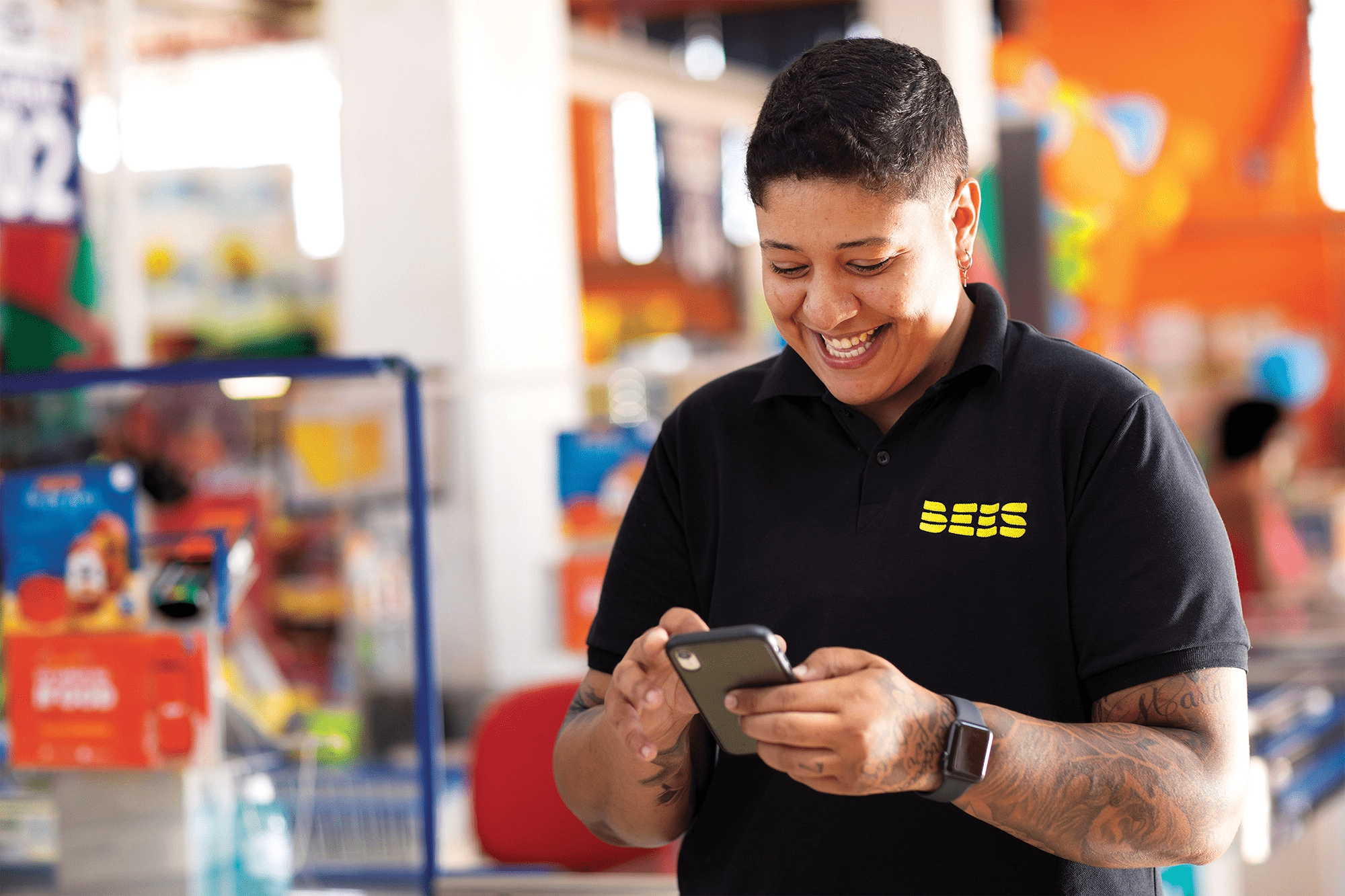
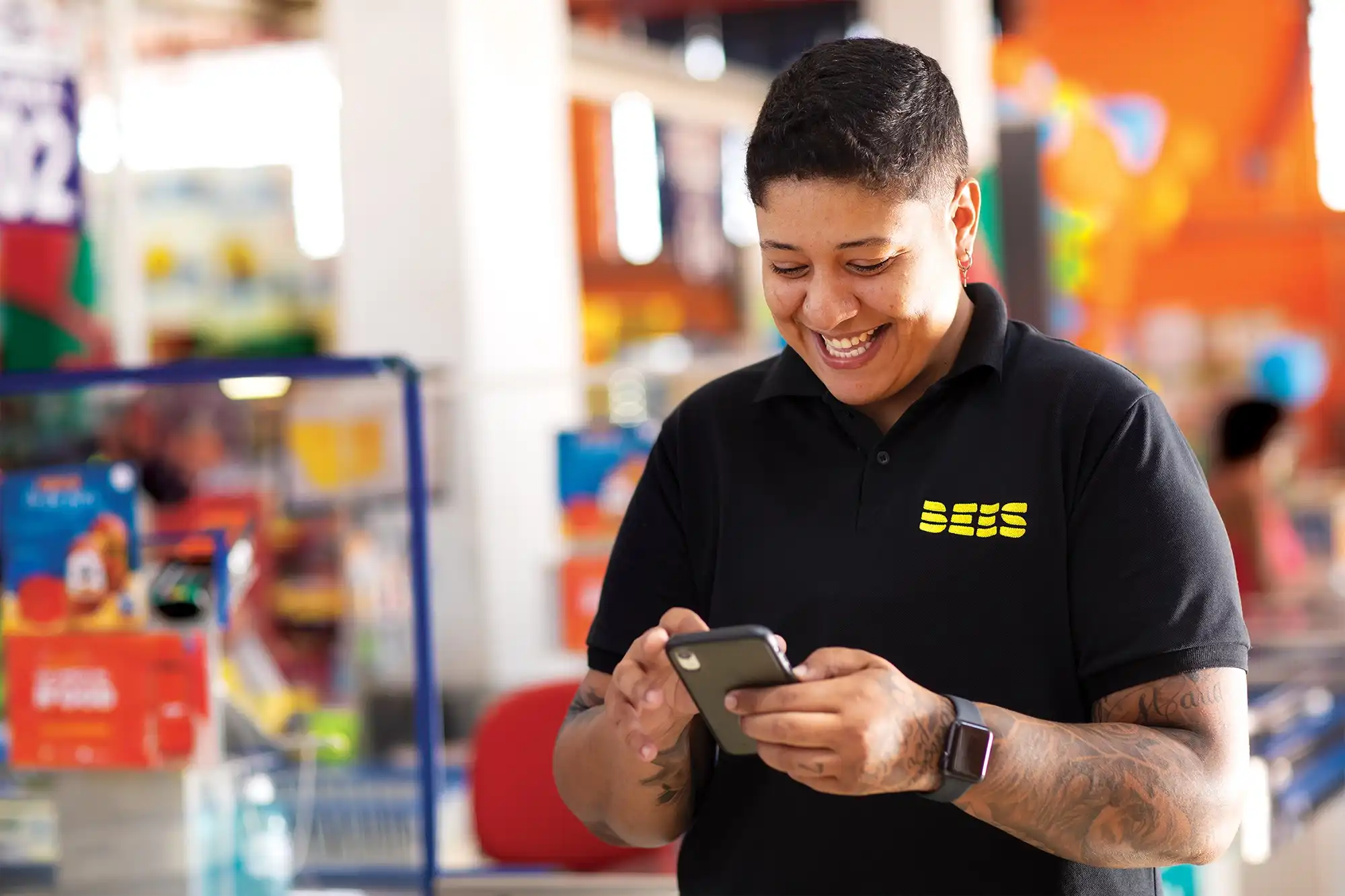
Therefore, as we are living the years when “Traditional Sales” is becoming obsolete, it’s our role to alert all members of the Sales community to this new, quickly approaching reality and share our learnings on how to adapt our teams to what will become the “new normal” in Sales. This will not only enable the Sales world to welcome change, but to become a transformation leader.
First things first. Many people ask me: “In this new online Marketplace era, is there even a place for Sales Representatives, people who make a living from visiting customers and collecting their orders?” There is no easy answer to this question depending on your time horizon, but at least for the near future it seems clear that the presence of a company’s representative will still be highly valued by customers.
Then, the next question seems natural: “But if the Sales Representatives are no longer responsible for sales… then what are they going to do?” In fact, there’s still a lot to be done and companies can still benefit largely from a physical visit to a customer. The only thing is that the purpose of the visit will be redirect to the sell-out of the products, instead of the sell-in as it is today.
For those who work with Sales, this fact brings a few points of attention:
First, not all individuals who are considered the best of the pack today will thrive in the new reality. In the book “Sales Acceleration Formula”, Mark Roberge identifies that with the shift of power that happens after the creation of digital Marketplaces, customers become less tolerant to sales representatives that try to force an unwanted SKU in an aggressive, high-pressure manner. They become much more open to those who present their ideas and proposals in a win-win, helpful, smart way.
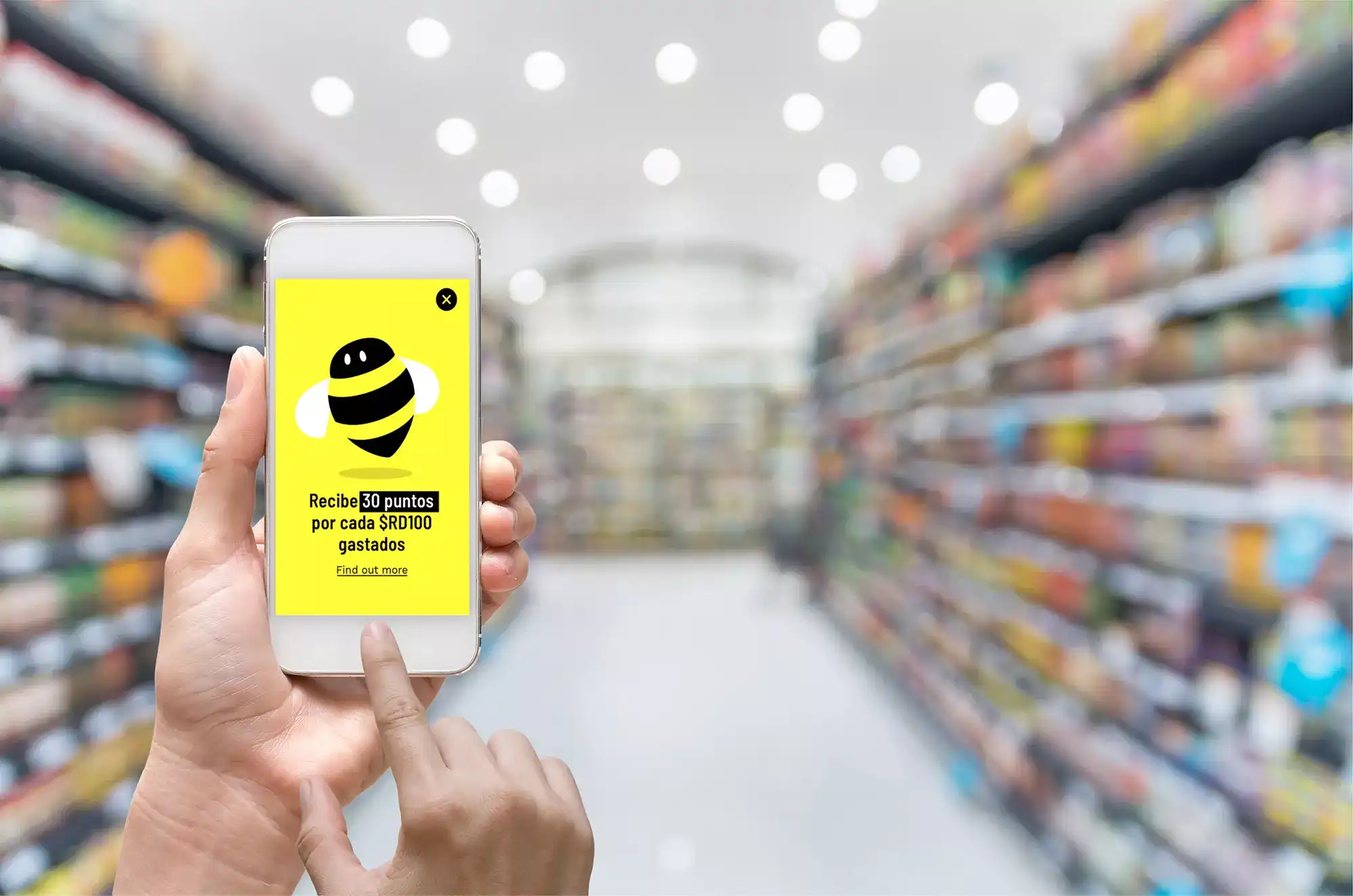
“The future of Sales is finally arriving”
At AB Inbev, we are already driving the change in our team’s profile through our own BEES Academy. Our sales teams are being assessed and trained with a different set of skills which will ensure their effectiveness after the implementation of the BEES platform. Capabilities in areas like customer service, proactivity, familiarity with technology, creative sell-out, negotiation and resilience are the characteristics we found most correlated with helping retailer’s performance.
Second, your sales representative doesn’t need to be a tech expert, but needs to be a confident user and an avid learner. Customers will expect that any company representative that visits their store will have a good understanding about how the BEES platform works and to be able to give them good advice on how to extract the most value from the features. That is only possible through constant training and the use of emulators that will allow the teams to practice an interaction with a customer in a controlled environment.
One must always remember that in this new reality, software is frequently upgraded, and new features are being constantly added to the platform. Therefore, knowledge must be continuously updated and spread much more frequently than most companies do today.
Third, the sales professional and every person who interacts with a customer will need a new set of tools. This is almost demanded because the amount of data that is created by the customer interacting with the platform combined with the fact that AI can be used to trigger optimal tasks based on these interactions drives a myriad of possible decisions.
Creating a valuable and positive experience during each interaction with your customer requires that Sales, Delivery and Customer Service teams are equipped with tools that help them understand not only how your customers make purchases, but also how they are interacting with the platform and what issues, if any, the customers have – all in near real time.
“At BEES, we believe that over the next five years the retail world will migrate from the current “push model” to a digitally enabled “pull model””
Today, most companies are obsessed with tracking KPIs, but are still struggling to understand the true benefits a digital transformation can unlock. Most applications used by sales representatives look like an airplane cockpit designed by multiple generations of managers who believe that by putting all types of metrics in the hands of their sales teams, they will be able to not only collect orders but also identify the priorities of each visit, for each customer, all of which needs to be done in only a matter of minutes.
At BEES, we designed a proprietary Tasking Algorithm that will increase the effectiveness of every sales visit by ten-fold. The BEES Tasking Algorithm, which is based on relevant customer data points coupled with the time available for each visit, identifies the right tasks that should be prioritized for each specific visit. It also optimizes the visit by considering how many minutes each customer may need and which personalized tasks should be executes at each retailer. This tool simplifies the visit for our Business Developer and helps the retailer get what they need from Bees.
Finally, we must all acknowledge that this is just the beginning and that there’s no technological advance without People. One of the best testimonials we have ever collected comes from a customer in Brazil that emphasizes how much the BEES app saves her enough time to develop a stronger relationship with her assigned Business Developer as one of the great benefits of the platform.
The evolution of sales representatives into Business Developers is a key element of the transformation, and ensures a smooth transition between the “push” and the “pull” models, as we make their jobs much more meaningful and centered around customer’s success.
The content above targets professionals of companies which invest heavily in distribution and rely on a traditional sales model to reach their customer. For companies without a direct reach to the market and who have low visibility about how their products reach customers and end consumers, this new world brings even more possibilities to accelerate growth as access to the small retailer will be facilitated by the rise of the digital marketplaces.

The future of Sales is finally arriving, and it is incredibly exciting to see the changes ahead for consumers, customers, companies, and professionals. We hope to inspire people to see the transformation that is already happening as a unique opportunity for personal development and widespread growth.
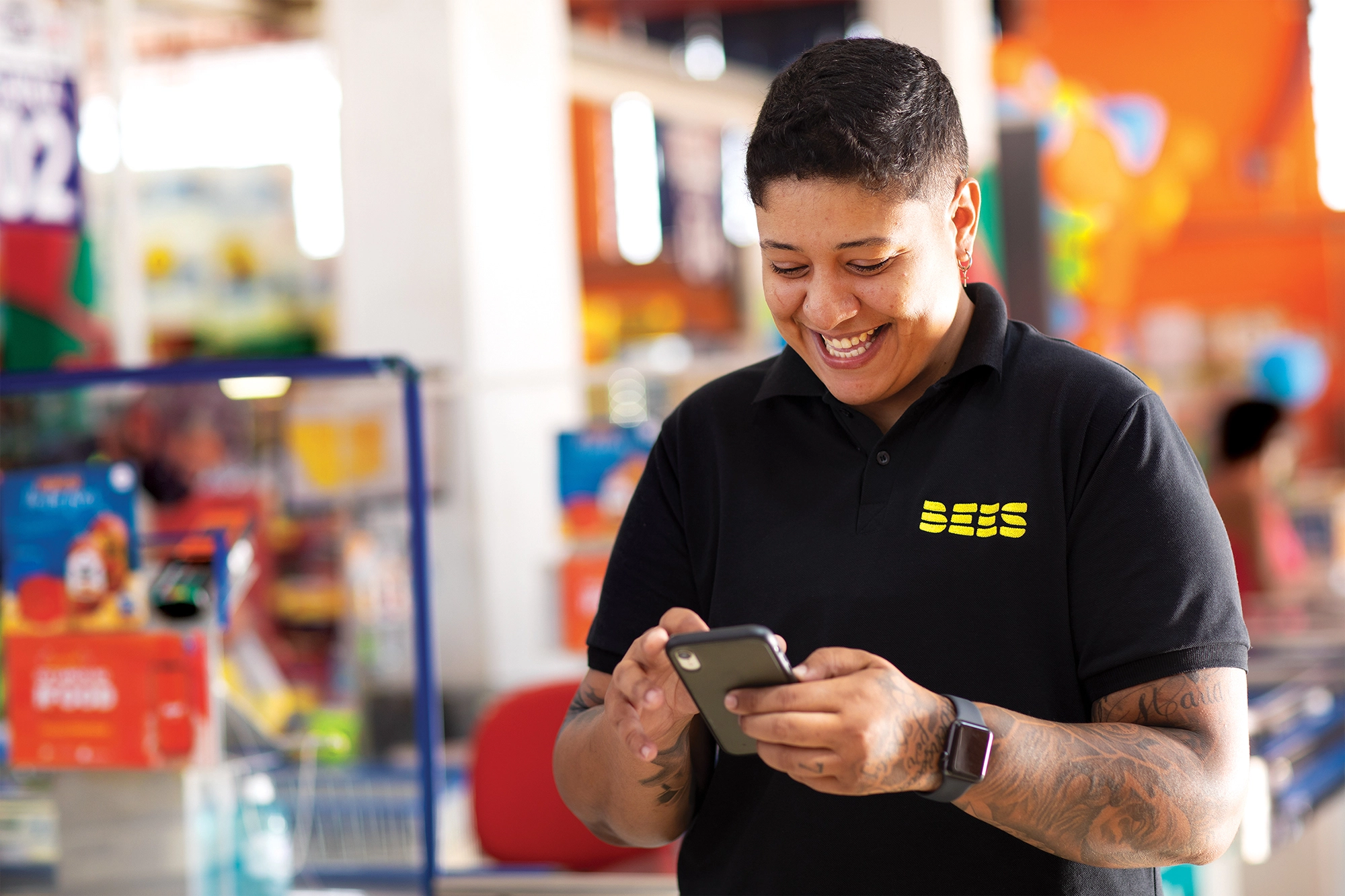


In one of the comments of my latest article (“Ensuring the essential”), I was asked by a friend: “Ok, but, from a shareholder standpoint, does digital transformation add value? What is the return on the investment?” And that made me think about how “digital transformation” might have become just one of these buzzwords. I believe it’s a consensus that most traditional, non-digital born companies must go through a technological transformation if they wish not only to survive another decade but also to improve its performance or, maybe, “disrupt the market” (oops, another buzzword!). However, true digital transformation is a complex process that should integrate new digital tools, new business models and new ways of working with existing sources of competitive advantage and a laser focused commitment to results.
Of course, it is impossible to undergo transformation without investment, strong change management and a certain degree of risk. But managers have the duty to find the balance between exploring new ways of doing business and preserving the bottom line, seeking innovation while focusing on the benefits such innovation will bring.

“Managers have the duty to find the balance between exploring new ways of doing business and preserving the bottom line”
In a conversation with a member of my team, who joined us a few years ago from a company that invested heavily in technology without generating the expected returns, we discussed what lessons could be learned to increase our chances of success. And from this discussion, we created a list of five important digital transformation rules that we do our best to follow:
1) Start with a clear value proposition for customers
A big mistake in digital transformation is not having a clear value proposition for customers. It can be a risk for any company – the team has a seemingly great idea, but the end-user benefits are not there at the time the new product or service is launched. An associated problem is a lack of customer involvement in the development of the product, with the team not spending enough time with users to obtain real-time feedback and to adapt accordingly. In addition, from my experience in commercial B2B services, I have come to realize that we should talk to not only the customer who is the final user of the application (in our case, the POS owner) but also all of our sectors that touch the customer (e.g., field sales, logistics). Field sales teams, for example, must understand the product and the customer value proposition, as they also need to help customers with adoption and be satisfied for the company to get the full potential of the use of the digital application.
2) Create internal pull and not push
Even when the new digital application has value creation potential, it’s not a given that it will be received with open arms by the organization. Every change brings a certain degree of pain and move people out of their comfort zones. Therefore, a big risk that’s always present is the temptation to force it down the organization. Leaders may talk about the new applications in their presentations and the team responsible may explain how their innovation is a great proposition. But none of that matters if the internal teams are not convinced and engaged. People should be pulled toward your product given its quality and track record of improved results in pilots they can visit and see by themselves, not pushed into implementing a tool they haven’t really bought into yet.
3) Big investment must come after proven results
Trying to scale up a new project before it has proven successful is another road to failure. Ambition is good – at the right moment. We commit to never invest a huge amount of resources and money up front. First, we test whether the idea solves a real customer problem and has a clear path to profitability. It’s important to avoid scaling up before the potential has been verified or before cultural challenges have been addressed. In a moment that being digital is almost a must for any company, I notice that leaders often face the temptation to accelerate any idea that sounds exciting enough. But good things take time. We can’t rush to claim success too early or ever let our ego interfere by pushing towards an unproven solution or not acknowledging disappointing results when they happen.
“A big mistake in digital transformation is not having a clear value proposition for customers”
4) Use carefully selected KPIs
KPIs can be a big bad wolf disguised as a very white sheep. At ABI, we love all kinds of metrics. But the goals must always be tightly tied to the purpose and strategy of the business, demonstrating whether real value is being added. Poorly selected, irrelevant, or disconnected performance indicators are a tremendous risk. Misleading KPIs may give a false sense of security that everything is being measured (and even going well), without providing any concrete insight into how the project can improve or worse, not safeguarding a greater customer satisfaction or an increase in bottom-line results.
5) Consider the trends and not the current state of things
A common mistake any company can make is to ‘skate to where the puck is’, rather than where it is going to be. Decisions should not be made based on the current state of the market but on future expectations for how the world will be, anticipating future trends. A typical example from the recent past was investing in on-site servers instead of cloud-based solutions, limiting the flow and access to data.
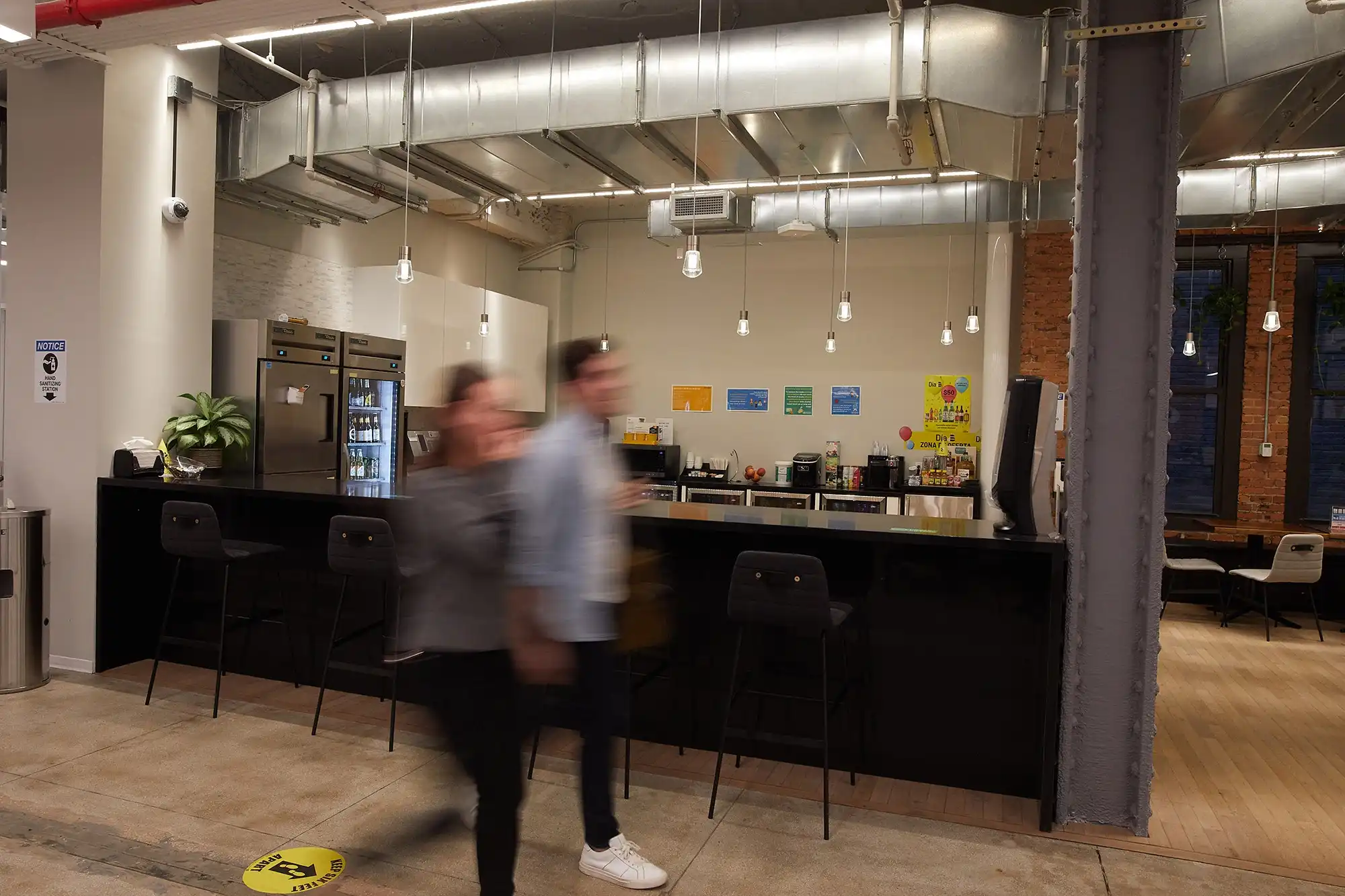
Although new learnings happen every day, these are five important lessons that we recommend and will apply in our Digital Transformation journey in order to protect and add value to all stakeholders including customers, colleagues and shareholders.

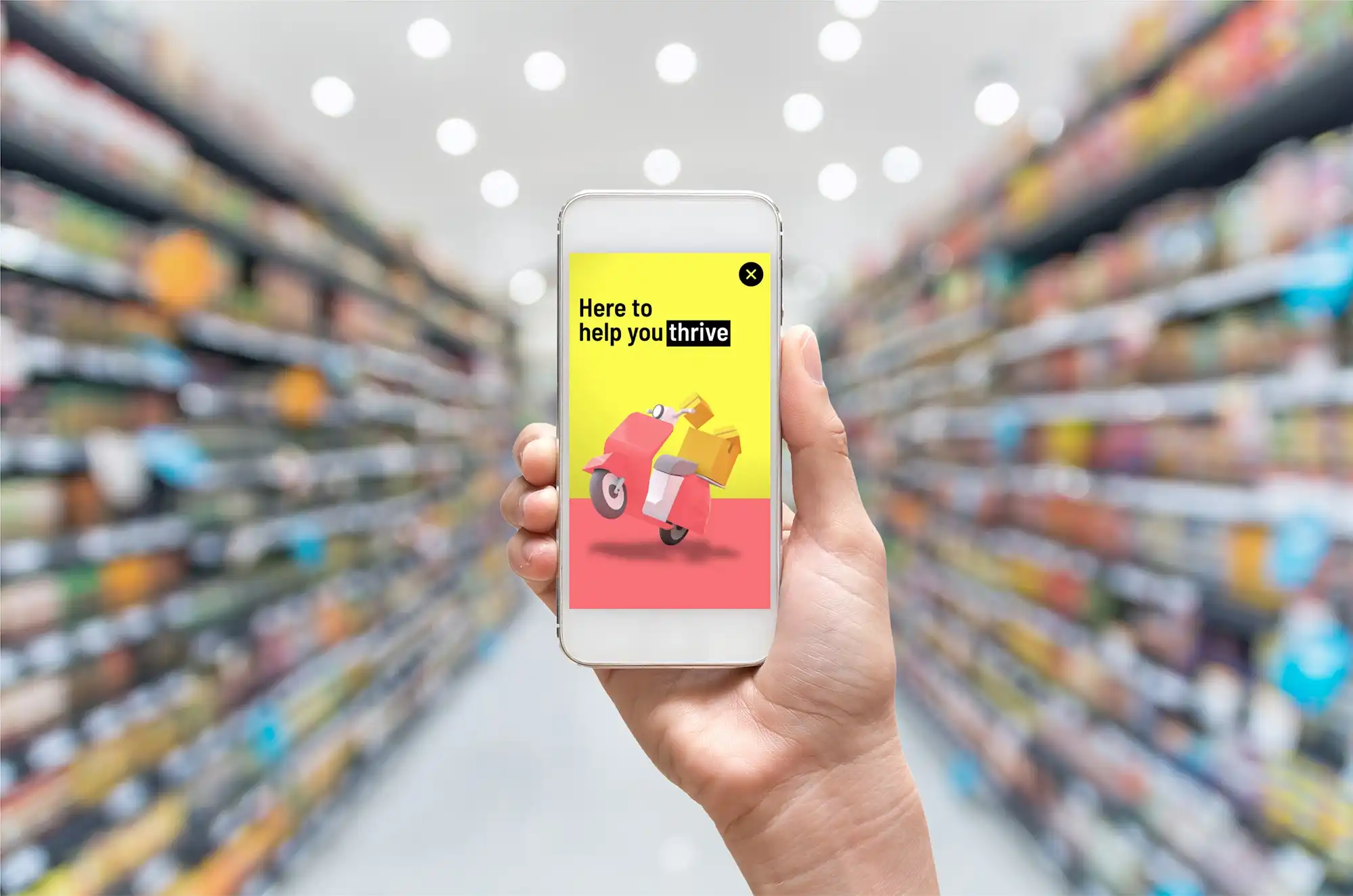
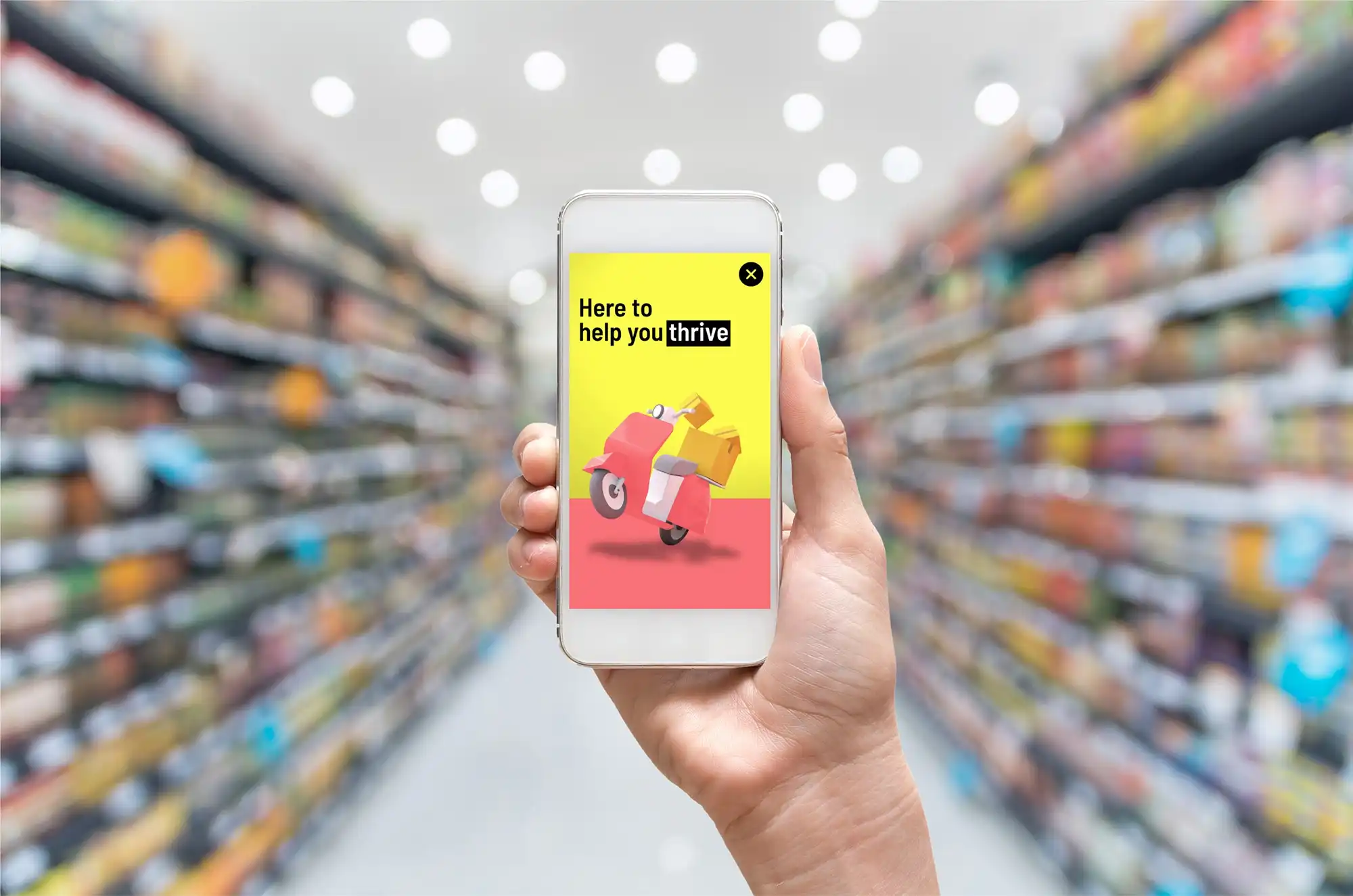
What has given me confidence is that most executives at CPG companies themselves also have a personal preference on how they buy that are similar to customers:
So, the question is: why is it that most CPG companies stick to their existing models rather than a superior experience for their customers, the small and medium sized retailers that connect their products to their consumers?
Here, at BEES, we do our best to allow our B2B customers, the retailers, to enjoy the same positive e-commerce experiences that delight us as consumers in our own day to day.
We develop applications and integrate systems to ensure that our customers won’t need a person visiting or calling to have their weekly orders collected. They can place the orders themselves!
It sounds simple, but it’s revolutionary for both our customers and for us.
For our customers, it is revolutionary because they become fully empowered to buy what they want, whenever they want, with transparent pricing & promotions, and limited risk of missing good opportunities.
For us, it is revolutionary because it not only enables but forces us to do much more for our customers. By converting our sales representatives into Business Developers, we make their jobs much more meaningful and about our customers’ success.

“The act of selling products to retailers in traditional ways is in its last days”
Instead of counting inventory or persuading customers to buy a few extra cases (which probably won’t turn and will mean less sales on the next visit), they are actually discussing ideas to help retailers sell more to consumers and in doing so, they improve our great portfolio of brand’s engagement and relevance with customers and consumers.
We are just at the beginning of a new era, but for all of us connected in the BEES Universe, it’s clear that the age of traditional sales, so well represented by morning meetings, war chants, predominantly male environments and sales representatives praised for being aggressive (rather than collaborative) and closing unnecessarily big orders in detriment of customers’ cash flow, is completely over.
“Traditional sales” is the new DVD. It had its place in time and will now become part of history.
If the description above reflects your job or you are in a business that pays lots to tech companies that sell products to “enhance your sales capabilities”, while entangling your company in a platform with ever-rising costs… beware. Your job may be at risk and your large investment may be on a technology that is soon to become obsolete.
“Our BEES community wishes to inspire all of you to not fear this new era”
Also, if you work with tech, think twice before investing your time designing applications or creating algorithms to help traditional salespeople sell “more” or “better”. Sometimes I receive e-mails from start-ups promising to improve commercial performance by embedding AI and machine learning into applications to be used by our sales representatives. I smile at them. They are trying to sell me a Blu-Ray, when we are already streaming”.
Our BEES community wishes to inspire all of you to not fear this new era, but rather to see it as a new opportunity for development and accelerated growth for companies and retailers.

CPGs… Welcome to the (true) age of the Customer!
And remember, if you are still selling to your customers, instead of supporting, educating, engaging, rewarding, while they place their own orders… you are not there yet.
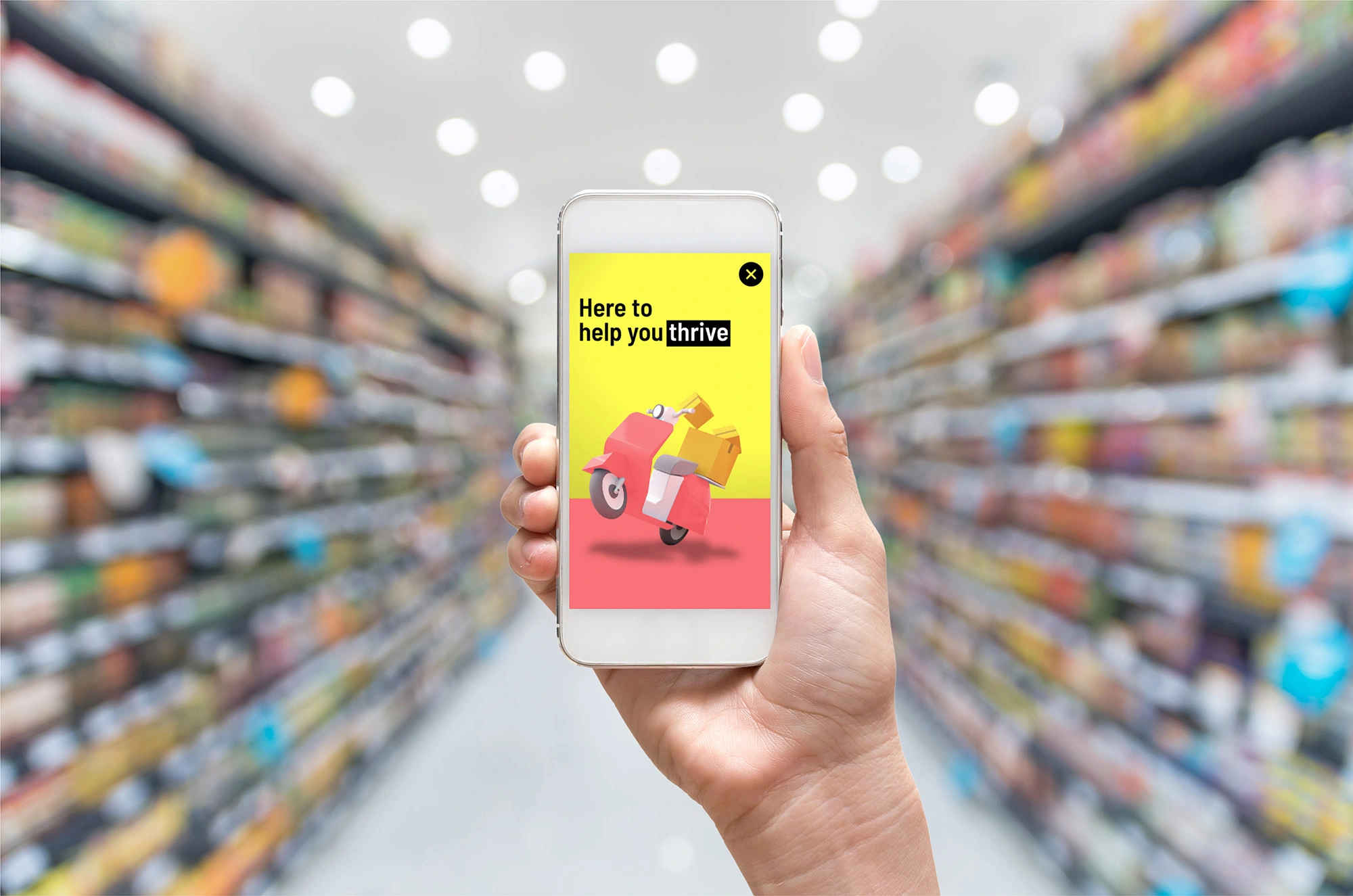


As we progress in 2022 and approach our second anniversary, I would like to share in more detail how BEES adds value to ABI, to our partners and to the small retail ecosystem.
BEES creates value because we are much more than an order taking tool. We address actual customer pain points and empower our customers to improve their own businesses.
One simple, yet powerful, thing we learned in the last few years, when we started focusing more on organic growth is that when our customers grow, we grow as well. Simple as that.
I can give a very tangible example: personalized recommendations, our “Suggested Order” feature.
Deciding what to order every week is a very big pain point for our customers. They want to be in charge, but they appreciate a suggestion that they can trust. Not biased by a sales rep compensation agenda. They don’t want to order too much and compromise cash, but they also don’t want to lose sales or forget any item that may contribute to their profitability. So, we are leveraging machine learning to provide the best possible suggestion. And the machine learns every time the customer interacts with the app. It’s a cycle that never ends and gets better every time.
Today, more than 80% of our customers every month make purchases influenced by our algorithms. Orders influenced by algorithms are, on average, 3% larger than orders that are completely built from the catalog, in a more time-consuming process for the customer. This proved to be great for the customer and great for us and every company that leverages on BEES to sell their products to small retailers. The Suggested Order helps the customers to optimize their cash, not lose sales and grow. And, surprise, when they grow, we all grow…

“We accelerate the growth of our core business by providing a 24-7 convenient and transparent e-commerce experience”
I can give you another concrete example: have you ever imagined running a business not knowing how are you performing against your past results or against your peers? Not knowing what products your peers are selling, not understanding what’s working for you and what’s not? So, that’s the life of a typical small retailer that has not yet started using Bees. Through our “Mi Negocio/Meu Negocio” feature, we provide them all insights they need to manage their business.
With BEES and our exclusive features, we are bringing digital inclusion today to millions of small and medium-sized business owners that were at risk of being left behind as world commerce moves online.
And one of our principles is that every new technology implemented must have a clear goal of enhancing some aspect of our customer’s lives and business. It may be to create more convenience, accelerate growth, increase profits, or improve their cashflow. We are very strict on this.
From an ABI perspective, BEES has two commercial objectives.
First, we accelerate the growth of our core business by providing a 24-7 convenient and transparent e-commerce experience, and we are already seeing that customers grow faster when they are engaged with BEES.
And second, we unlock new growth opportunities by better serving our customers providing new products and services to them through our Marketplace. This more complete assortment not only accelerates our beer business, but, of course, creates new profit streams.
This year will be very important for the continued development of our Marketplace throughout the many markets we are already present today. As we consolidate our relationship with many CPGs that gave us the honor and the opportunity to become our partners, we hope to be recognized as one of the greatest growth drivers in different industries.
One of the most exciting steps on our journey is coming this month, as BRF, one of the most important Brazilian companies and owner of the well-renowned brands Sadia and Perdigao, will inaugurate our Third-Party Store Front model, being the first partner to have its own store within the BEES app and in charge of the delivery of their products. That’s a new and exciting benefit to our customers, that will add even more convenience to their shopping experience and more opportunities to earn rewards.

In this start of year, the reflection we make is that as we deepen our understanding of customers and partners through our BEES platform, we continue to find many new opportunities to unlock truly incremental growth, in different parts of the ecosystem. One door leads to another, and another, and so on… I’m very curious to see what new door we are going to open one year from now!
